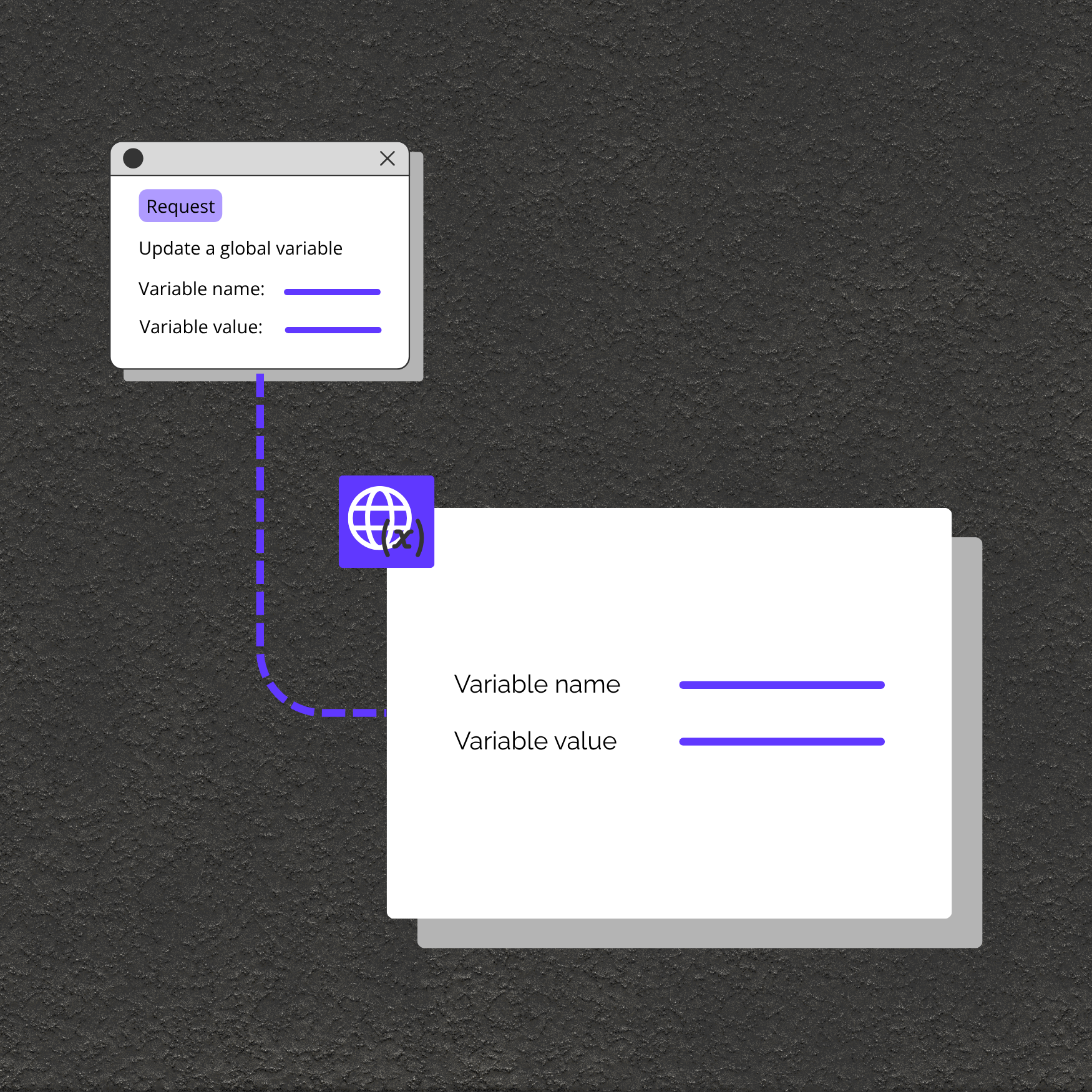.webp)


Effortlessly modify the value of any existing global variable you’ve created, ensuring your application always uses the latest data.
Changes are only allowed by the original creator, providing secure and controlled updates to your shared variables.
Every successful update returns a confirmation with the variable name and its new value, eliminating guesswork and making tracking easy.
Simplifies how you adjust app settings, environment variables, or feature toggles.

Instantly update app configurations, API keys, or environment settings without redeploying your application.
Change feature flags or toggle values in real time to manage application behavior or A/B testing.
Quickly fix or adjust stored values for settings, preferences, or shared data across your application.